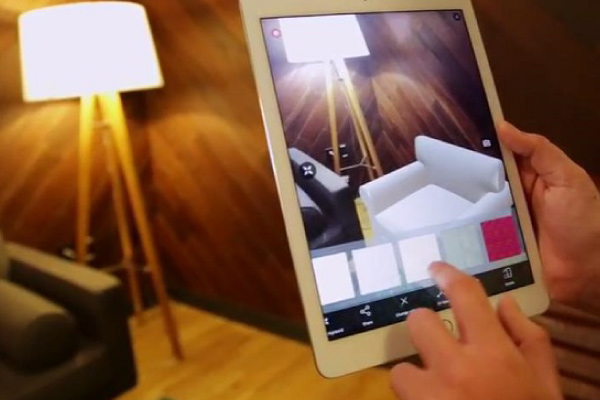Augmented Reality (AR) has been gaining traction in the tech world for years, but it is only recently that it has become increasingly popular in the consumer and enterprise landscapes. To put it simply, AR is a technology that combines digital elements with the physical environment in real time, allowing users to interact with their surroundings. This blog post aims to provide a deeper understanding of AR by discussing the technologies involved, differentiating between the major types, and highlighting its various applications.
The Technologies Behind Augmented Reality
At its core, AR relies on various computer vision technologies such as S.L.A.M., depth tracking, image processing and projection. S.L.A.M., or Simultaneous Localization and Mapping, is a technology that uses cameras and sensors to map an environment and track a user’s movements within it. This allows devices like smartphones and tablets to understand their surroundings from all angles without relying on GPS or external signals. Depth tracking is another key technology used in AR experiences; it uses depth sensors such as infrared lasers to detect objects in 3D space for more accurate interactions within an AR environment. Image processing and projection are also integral parts of AR experiences; this involves capturing images using cameras or sensors and displaying them on a screen or projecting them onto surfaces for more immersive experiences.
Software Development Kits (SDKs) such as PTC’s Vuforia, Google’s ARCore, and Apple’s ARKit are also essential components of any successful AR application development project since they offer developers APIs (Application Programming Interfaces) to integrate into their applications easily so they can use features like object recognition, surface detection, motion tracking etc.. For example, PTC’s Vuforia SDK offers developers APIs that allow them to create interactive 3D objects with audio-visual effects which can be tracked by multiple devices at once while Google’s ARCore SDK provides tools for creating immersive 3D environments with built-in support for graphics rendering engines like Unreal Engine 4 & Unity3D so developers can create stunning augmented reality apps quickly & easily while Apple’s ARKit SDK gives developers access to powerful machine learning algorithms that enable them to create realistic virtual objects within an augmented reality environment.. All three SDKs have been used to create some amazing experiences ranging from educational apps like Math Adventure from Magic Leap One to gaming apps like Pokemon Go from Niantic Labs.
Conclusion:
As you can see, there are many different technologies involved in creating successful augmented reality experiences – from computer vision technologies such as S.L.A.M., depth tracking & image processing/projection to software development kits like PTC’s Vuforia, Google’s ARCore & Apple’s ARKit – all of which make up the foundation of any successful augmented reality project today! Whether you’re looking for new ways to engage customers through interactive marketing campaigns or want solutions for improving efficiency in your manufacturing process – there are plenty of possibilities when leveraging augmented reality technologies! We hope this blog has helped you gain greater insight into the world of augmented reality and its potential applications across industries!


